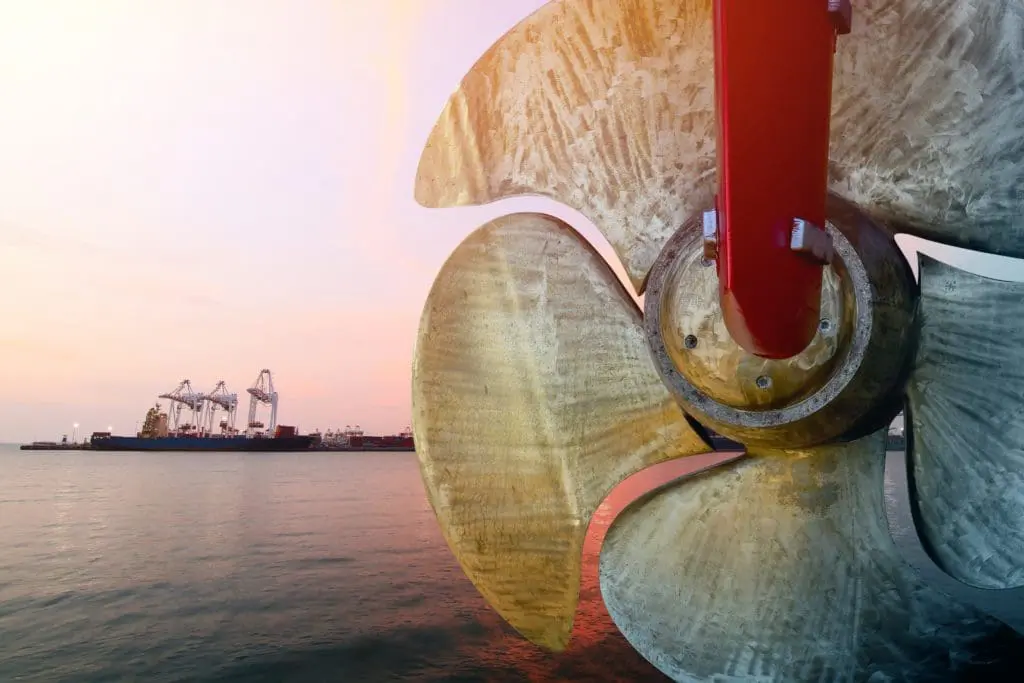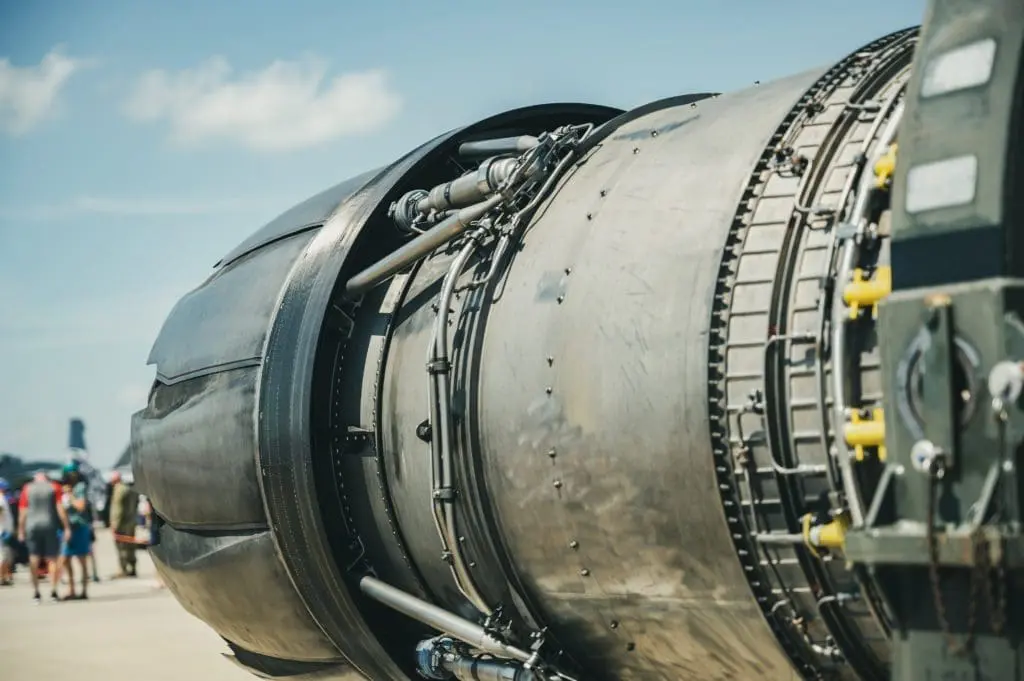If you are familiar with the thermal spray industry, then you have heard of cold spray manufacturing. Cold spray is the lowest temperature thermal spray and has the highest velocity of all the spray processes. But what makes the use of cold spray manufacturing essential?
If you are starting a new project or using cold spray already, talk to us at Cold Spray. We can help you take that project from prototype to production with your end goal in mind every step of the way. Our commitment is to process development, and no matter the obstacle, we can help find a solution so you are satisfied.
Having as much information as possible on cold spray will help you understand how it fits into the manufacturing picture. From there, the benefits to your next project become more readily apparent.

What is Cold Spray Manufacturing?
Cold spray is a solid-state materials deposition process. It is in the family of thermally sprayed powders but has the lowest temperature and highest velocity of all thermal sprays and uses kinetic energy to achieve bonding and cohesion.
It gets the name “cold” because it uses a low processing temperature compared to other thermal spray processes. It is one of the only thermal sprays with a significantly lower spray temperature than the material’s melting point.
Advantages include:
- no heat-affected zones
- no heat-induced warping or distortion
- you maintain the metallurgical properties of the feedstock and substrate
- no limit to the number of repair cycles
- Cold spray can be repaired with cold spray!
VRC Cold Spray uses an electrically heated pressurized process gas such as helium, nitrogen, or even compressed air to accelerate the powder feedstock. Particles reach supersonic speeds through a converging-diverging nozzle.
The nozzle used is called a De Laval Nozzle, and it converts the heat energy of the gas into kinetic energy — think warp speed – Mach 2 or 3! This speed is crucial in achieving the results you desire and a coating you can trust.
The particles impact the substrate at supersonic speeds and become extremely deformed: They are flattened. The very outermost layer of the substrate also becomes deformed, on a microscopic scale.
The grain structures in both the particles and the substrate surface become disrupted, then spontaneously re-form. In metallurgically compatible combinations this promotes metallurgical bonding. The same thing happens when follow-on particles hit the initial deposit, promoting high cohesion within the deposit.
You might hear the word substrate when talking about cold spray. A substrate is the base material to which the cold spray coating is applied. The resulting bonding mechanism ensures the product is wear-resistant and the material layers are securely attached. It is considered a practical application for metal, metal alloys, and metal blends.
VRC Cold Spray forms a coating that is corrosion-resistant, wear-resistant, and can offer electromagnetic shielding. With VRC Metal Systems, you can create metal coatings from two to ten times stronger than traditional coating processes. The strength is due to the velocity at which the particles are applied during the process.
You can break cold spray into two different types: low-pressure cold spray and high-pressure cold spray:
- Low-pressure cold spray compresses the gas to a lower pressure (0.5-1.0 MPa).
- High-pressure cold spray compresses the gas to a higher pressure above 1.5 MPa.
VRC Cold Spray utilizes powdered metals, alloys, and metallic or non-metallic particles. The choice in these spray powders depends on the desired surface finish.
Examples of these powders include aluminum alloys, steel alloys, stainless steels, copper alloys, titanium, along with nickel, nickel-based superalloys, and many others.
Due to its proven success in the metal coating industry, several industries have become reliant upon VRC Cold Spray.

What Industries Use VRC Cold Spray?
Aerospace, shipping, oil, and gas have become reliant upon the thermal spraying process over the past few decades. These are industries where equipment wears under harsh conditions, and effective, economical repairs are sometimes needed very quickly.
Using the thermal processes in many of these industries dates back to the 1900s. Cold spray technology is a more recent development, having gained popularity in the 1990s.
VRC Cold Spray has had a profound impact on the costs for the aerospace industry. It is used both for repairs and for surface finishing, with demand continuing to grow.
The need for cold spray is also increasing in the medical and electronics fields as the manufacturing of implants, sensors, and other electrical equipment continues to rely on this technology.
You can use VRC Cold Spray to repair machine parts in just a few minutes. It is not only a fast method of repair but cost-effective. The military uses cold spray to repair helicopters and fixed-wing aircraft, and the manufacturing industry uses it for component repair and production.
The process can extend the life of objects that are subject to severe conditions. It may also provide corrosion protection, repair a surface, or repair or improve the look of a single aluminum or titanium piece.

Why is VRC Cold Spray a Quality Investment?
There are several reasons why VRC Cold Spray systems provide an advantage to those in manufacturing who choose to use it for their coating process needs. Those advantages include:
- Low heat input and no “heat zone”
- Low energy consumption
- No melting or chemical heating involved
- Ability to spray micro-sized metals
- Minimum surface preparation
- Precise gas temperature control
- The high density of the coating
- Low energy consumption
- Applicable to complex shapes
- Can collect and reuse 100% of particles
- No toxic wastes or fumes
- Very operationally safe
- Portable for use on difficult to move equipment
In 2013 the Airforce estimated that cold spray technology could save them over 100 million dollars annually. It is a more cost-effective option when compared to other powder coating alternatives, and those in the manufacturing industry continue to choose it as an option for this reason too.
VRC Cold Spray can work to your advantage in mining, transportation, aerospace, power plant, or other industries. You will be pleased not just with the finished product of the spray powders but the money it saves you as well.
Where Can I Get More Information on Cold Spray Manufacturing?
If you are ready to use cold spray for your next project, then the professionals at Cold Spray are here to answer any questions you might have. And check out our blog on 6 Advantages of the Cold Spray Coating Process.
If you have more specific questions, please contact us. We are always committed to finding the correct answer for our customers!
